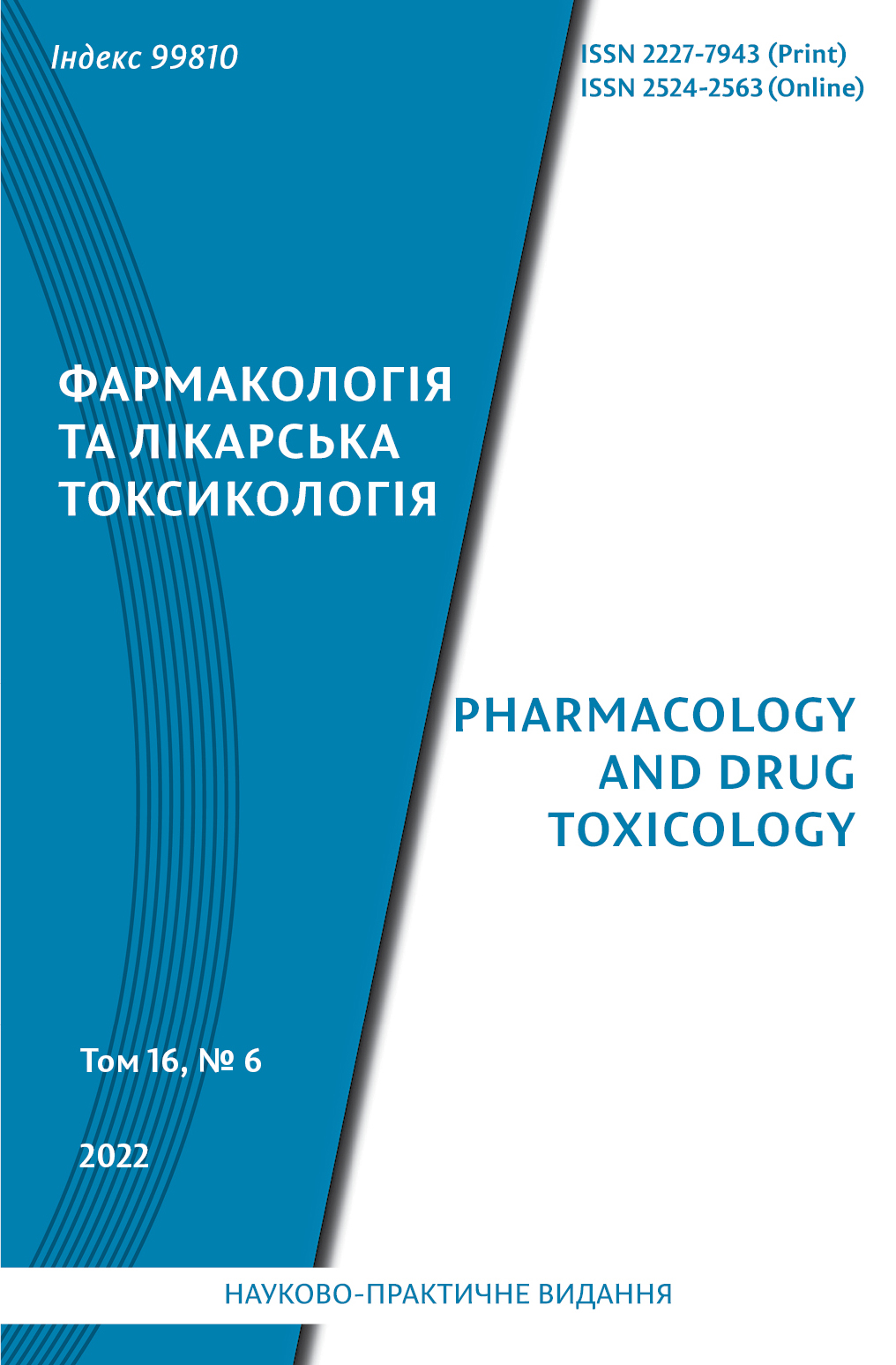Abstract
It is known that in peritonitis, the gastrointestinal tract becomes a source of endogenous intoxication of bacterial and dysmetabolic nature, which creates conditions for uncontrolled translocation of opportunis- tic microflora into the abdominal cavity and systemic bloodstream with the development of abdominal sepsis. Such development of the disease requires the use of combined treatment, which includes surgical intervention aimed at eliminating the source of peritonitis, sanitation of the abdominal cavity, antibacterial, immune and efferent therapy.
The aim of the study was to evaluate the clinical and economic effectiveness of N-chlorthaurine detoxi- fication therapy in patients with acute peritonitis and in the setting of basic therapy.
Of the 104 patients enrolled in the study, 52 patients in the main group and 50 patients in the control group underwent all procedures under the Phase II clinical trial protocol. Two patients in the control group were excluded from study (one patient was transferred to the ICU with increasing multiorgan failure, and the other underwent a relaparotomy due to purulent complications). In other cases, the postoperative process was characterized by a stable course.
As a baseline therapy, all subjects were prescribed antibacterial drugs taking into account the sensitiv- ity of the microflora, analgesics, anticoagulants, if necessary, prokinetics, and crystalloids as detoxifica- tion therapy, reamberine 400 ml intravenously once a day, HES 400 ml in a vein once a day, lotren 200 ml once a day. In addition, patients included in the main group received a solution of the studied fixed combi- nation of sodium hypochlorite with taurine (N-chlorthaurine) at a concentration of 600 mg/L (in terms of NaClO). The drug was administered intravenously, drip, slowly at a rate of 20–40 drops/min (about 3–3.5 ml/min), 400 ml twice daily (every 12 hours) for 3 days.
According to the requirements of the Phase II clinical trial protocol, after a one-day screening period (screening, Tsp), a course of treatment was conducted for three days, which ended with a control period. On the first, second, and third day of the treatment course (TreatmC1, TreatmC2, and TreatmC3, respectively), all subjects received the prescribed therapy and underwent examinations. During the control period (Con- trP – the first day after the end of the treatment course), patients had the opportunity to inform the researcher about the development of adverse reactions. At the same time, the subjects were re-examined and underwent laboratory tests.
It was found that in the regimen of twice-daily intravenous administration of the studied detoxifier for 3 days in patients of the main group, a statistically significant decrease in the level of MCP both at 280 nm and at 254 nm, as well as AST, ALT, amylase activities and creatinine and total bilirubin contents. The next day after the completion of the therapy course, the levels of these indicators in the main group of subjects were statistically significantly lower compared to the corresponding indicators of the control group.
Also, the new Ukrainian infusion solution N-chlorthaurin, which is a fixed combination of sodium hypo- chlorite and sodium chloride, as well as aminoethanesulfonic acid, shows distinct detoxification properties in complex therapy in patients with acute peritonitis and also has economic advantages in monetary terms compared to the reference products.
